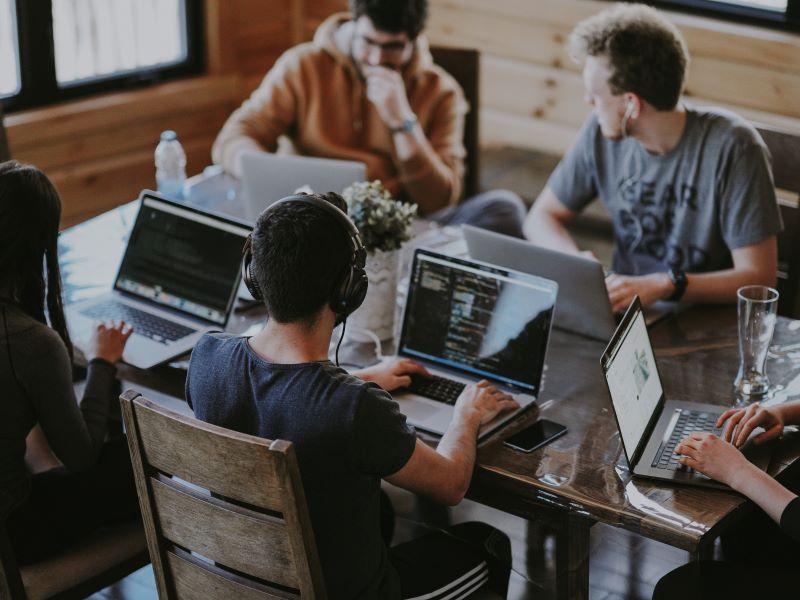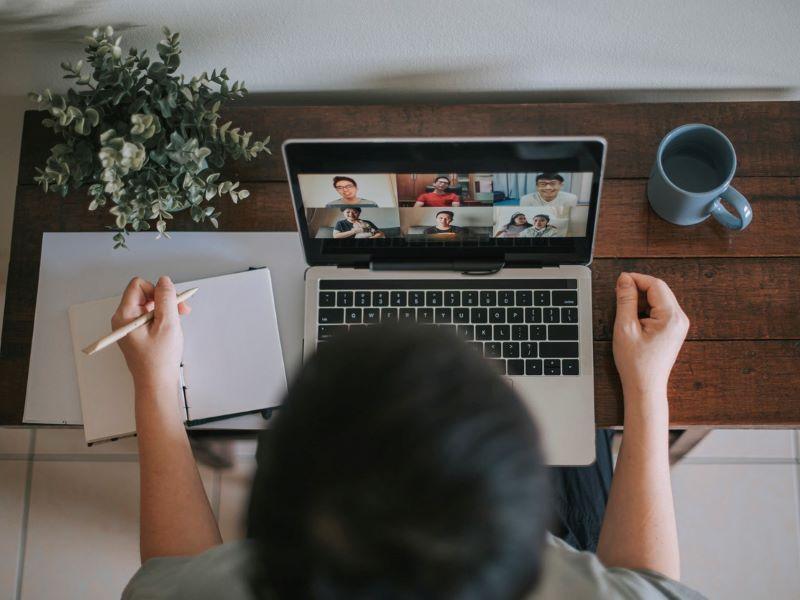Developing effective collaboration skills is a priority in business education, because these skills benefit students throughout their careers. Therefore, group work is an integral part of module and assessment design in most university courses.
However, because of the college entrance exam procedure in many Asian countries and other parts of the world, students are raised to compete with each other and, as a result, have very little experience with group work.
Another challenge we currently face is that many of our international students can only join classes online due to Covid-19 border restrictions. In this article, we provide hands-on guidance on how to support students in their group tasks in an online and offline hybrid environment, and ensure that team members are collaborating in a qualitative way.
Grouping: Building the foundations
Successful grouping builds the foundation for the whole collaborative learning process. through semesterly module questionnaires, our students consistently report that free-riders and conflicts between team members are the factors that most demotivate students to collaborate.
Considering that many international students are not physically in the same location and don’t have much chance to get familiar with each other outside of class, we help them with grouping by first sending out questionnaires asking students for their: 1) time zone; 2) available time slots; 3) skills; and 4) preferred team member names, where applicable.
For those who have already formed a team and filled out each other’s names as preferred team members, we let them be a team. For others, we group them according to mutually available time slots, complementary skills, gender mix and grade mix, if we have their grades for previous modules. We’ve found the ideal size for a team is four students.
After completing the grouping, we set up virtual BigBlueButton(BBB) rooms with restricted access for students to communicate with other group members privately.
Tutorial design: Mini collaborative tasks
To many students, teamwork simply means splitting up the work – hence they may tend to work independently instead of collaboratively. When designing tasks, we try to guide them step by step on how to collaborate.
During tutorials we use breakout rooms to facilitate group discussion – both on-campus and off-campus students are required to join BigBlueButton. During the discussion and brainstorming session, students can write down their ideas using the shared notes function. Lecturers have the chance to closely observe the interaction during students’ collaborative process in the breakout rooms, and are able to provide instant feedback.
Office hours: Join as a team
Office hours can be used not only to provide academic support to students but also to identify issues in students’ collaboration process. We require all team members to be present when they join office hours and BBB rooms are turned on for off-campus students to join in. If a particular student never joins the team activities, we will contact them to see if they need any support. In some cases, these students are not deliberately trying to be free-riders, but withdraw because they don’t know how to contribute effectively.
Peer assessment: Reward contribution
Students may resist group work due to concerns that they may not be fairly assessed. In a collaborative learning environment, the lack of any mechanism to identify and reward the individual efforts of group members could lead to free-riding. Meanwhile, teachers have difficulties in monitoring the collaborative process and identifying individual contributions.
To acknowledge the individual efforts of group members, we employ peer assessment to calculate individuals’ contributions. Students evaluate team members’ contributions anonymously online and this could automatically calculate individuals’ contribution coefficient. The grading principle is that the students with a high contribution coefficient would receive relatively high marks and the students with a low contribution coefficient will receive relatively low marks compared with the group average.
Regarding the weight of peer assessment, a small peer assessment component could potentially demotivate students to contribute but on the other hand, a large peer assessment component could potentially promote internal competition among team members. We’ve found the ideal peer assessment component weight should be no more than 50 per cent of the group work assessment. Moreover, we also compare the contribution coefficient students received with their performance during tutorial activities and office hours to ensure the fairness of peer assessment.
Guiding towards better collaboration
Instead of simply putting students in groups, we adopted the above practices to promote and guide students on collaborative learning in a hybrid environment. As a result, the quality of group work has significantly improved, while student complaints and disputes have fallen dramatically. Students have indicated in the module questionnaires that they enjoy the teamwork process, and gain new friends through it. More importantly, the majority enjoy the group work assessment and believe that collaborative learning is more efficient than independent learning.
Jie Zhang is examination officer and an assistant professor and Qing Ye is deputy director of PhD programme and an associate professor, both in the International Business School Suzhou (IBSS); Steven Bateman is principal lecturer in the School of Languages and head of the EAP for IBSS division, all at Xi’an Jiaotong-Liverpool University.
This work is supported by the Teaching Development Fund from Xi’an Jiaotong-Liverpool University.




comment